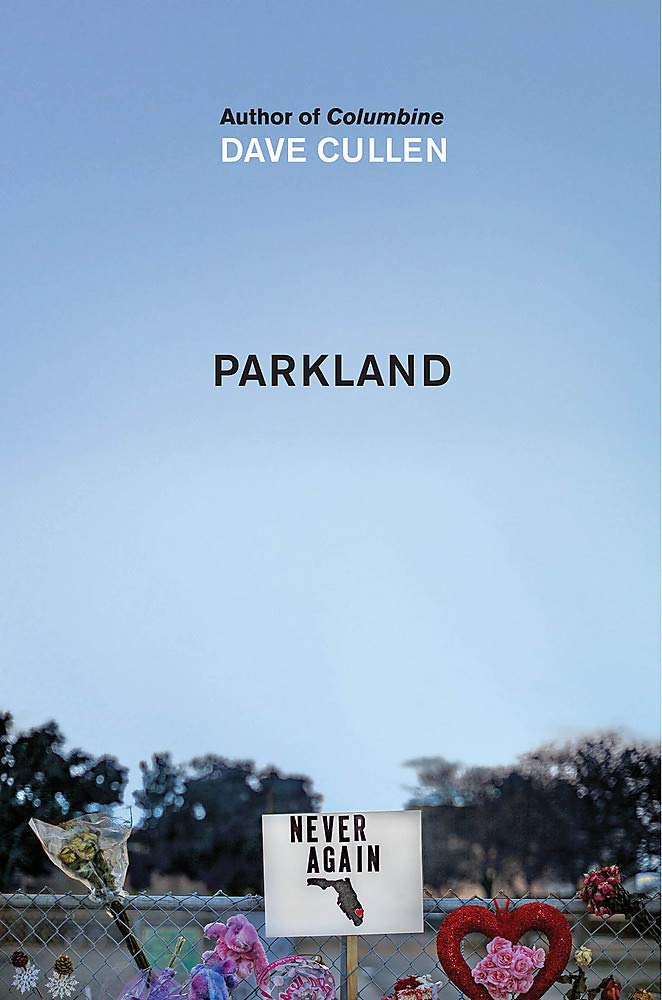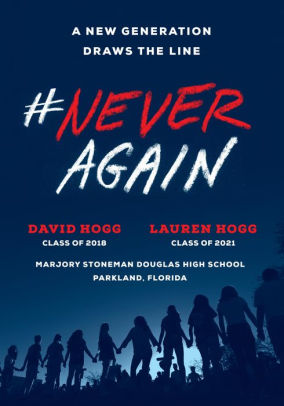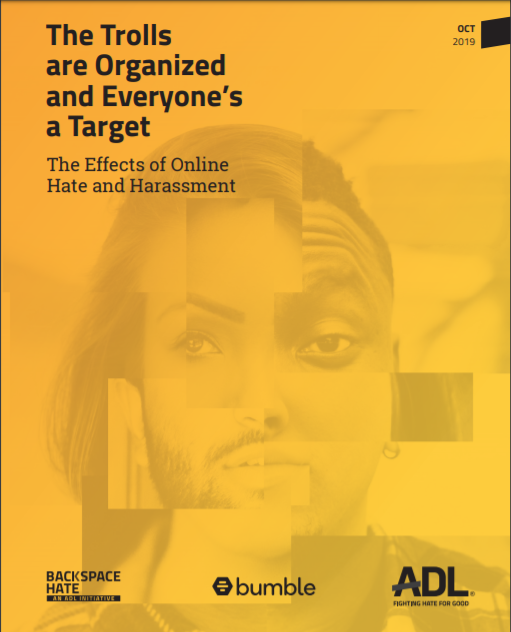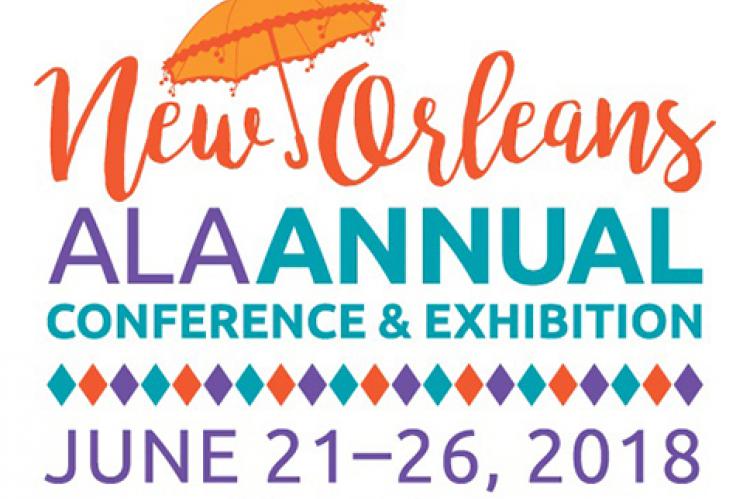There is much more to social media than simply posting and waiting for results. The best efforts—including many of those highlighted in this series of excerpts from and interviews for Change the World Using Social Media (to be published by Rowman & Littlefield later this year—often combine first-rate communication skills online as well as onsite with tremendous organizational skills and organizational development. #BlackLivesMatter without the Black Lives Matter organization would be a far less influential movement than it is. #ClimateStrike, with the Global Climate Strike organization, combined online meeting place and onsite local chapters throughout the world to continue its work to foster positive responses to the global climate crisis, which is also promoted online through #FridaysForFuture and its online map of onsite events. #DACA takes on a real-world physical presence, through the support of more than 1,400 organizations and individuals, in its efforts to support undocumented immigrants who want to continue living in the United States. #MarchForOurLives benefitted and continues to benefit from the deft combination of a broad-based organization designed to reduce gun violence and online posts from organizers and supporters. #MeToo would be much the poorer if it didn’t have the organizational prowess the local and national organizations providing services to survivors of sexual violence and of Tarana Burke’s Just Be Inc., created to support young women of color “with the range of issues teen and pre-teen girls are faced with daily” more than a decade before her #MeToo hashtag went viral. #WomensMarch, with its broad-based network of trainings, programs and events, drives the movement to “harness the political power of diverse women and their communities to create transformative social change,” its website suggests.
 The connections between the stories of March for Our Lives and Fridays for Future provide particularly noteworthy examples of how quick, consistent attention to the complementary nature of online and onsite (blended) interactions, and onsite-online organizational skills, led to successes for both groups. The process of creating a strong, sustainable March for Our Lives movement and organization, well documented in Dave Cullen’s book Parkland: Birth of a Movement and Lauren and David Hogg’s book #NeverAgain: A New Generation Draws the Line, rose out of the activists’ almost immediate recognition that building a strong organization would be essential to success; they drew upon experienced, knowledgeable supporters to help them after quickly recognizing that they needed to establish a nonprofit foundation to manage the large donations made in support of their efforts. Inspired by March for Our Lives and an earlier protest, in which students stayed away from school to stage a “climate strike” timed to coincide with the opening day of the 2015 United Nations Climate Change conference in Paris, Greta Thunberg began her school strike—an initially solitary effort calling attention to climate change—by standing alone (with a handmade sign in hand) in front of the parliament building in her own country in August 2018. Recognizing that she would need a well-run organization to support her efforts, she established Fridays for Future that month. She continued to combine her onsite efforts with online posts (through Twitter, Facebook, and Instagram) to call attention to her climate strike—an effort that steadily attracted a growing, yet relatively small group of supporters. The moment of transformation in terms of the amount of attention she was drawing to her cause came when that combined onsite-online effort led her to the opportunity to address members of the United Nations late that year, when she was 15 years old: attention through mainstream media outlets as well as through tremendously larger numbers of responses via Twitter (going from a few thousand responses on Twitter before the UN speech to more than 483,000 mentions by August 2019) allowed her make “an unquestionable impact,” and “nowhere is that more apparent than on social media,” Paul Herrera notes in an article for Maven Road.
The connections between the stories of March for Our Lives and Fridays for Future provide particularly noteworthy examples of how quick, consistent attention to the complementary nature of online and onsite (blended) interactions, and onsite-online organizational skills, led to successes for both groups. The process of creating a strong, sustainable March for Our Lives movement and organization, well documented in Dave Cullen’s book Parkland: Birth of a Movement and Lauren and David Hogg’s book #NeverAgain: A New Generation Draws the Line, rose out of the activists’ almost immediate recognition that building a strong organization would be essential to success; they drew upon experienced, knowledgeable supporters to help them after quickly recognizing that they needed to establish a nonprofit foundation to manage the large donations made in support of their efforts. Inspired by March for Our Lives and an earlier protest, in which students stayed away from school to stage a “climate strike” timed to coincide with the opening day of the 2015 United Nations Climate Change conference in Paris, Greta Thunberg began her school strike—an initially solitary effort calling attention to climate change—by standing alone (with a handmade sign in hand) in front of the parliament building in her own country in August 2018. Recognizing that she would need a well-run organization to support her efforts, she established Fridays for Future that month. She continued to combine her onsite efforts with online posts (through Twitter, Facebook, and Instagram) to call attention to her climate strike—an effort that steadily attracted a growing, yet relatively small group of supporters. The moment of transformation in terms of the amount of attention she was drawing to her cause came when that combined onsite-online effort led her to the opportunity to address members of the United Nations late that year, when she was 15 years old: attention through mainstream media outlets as well as through tremendously larger numbers of responses via Twitter (going from a few thousand responses on Twitter before the UN speech to more than 483,000 mentions by August 2019) allowed her make “an unquestionable impact,” and “nowhere is that more apparent than on social media,” Paul Herrera notes in an article for Maven Road.
But it’s not just about attention and reach; it’s also about the concrete results produced through those well-organized, blended efforts. When you look at what March for Our Lives has helped produce, you see changes in legislation at the state and national levels, growing support nationally for positive actions to reduce violence involving the use of guns, and efforts to register and engage new voters in the electoral process. When you look at Climate Strike, you see that the first sixteen months of activities put Thunberg in conversation with world leaders willing to support positive responses to the effects of climate change and “inspired 4 million people to join the global climate strike on September 20, 2019, in what was the largest climate demonstration in human history.” Those marches, executed with a scope and efficiency reminiscent of the Women’s March and March for Our Lives efforts, spurred action by students “in 2,233 cities and towns in 128 countries, with demonstrations held from Australia to India, the UK and the US.”
At the heart of all this is community—onsite, online, and at the level of the blended efforts so frequently apparent to you as engage in your own world-changing efforts and as you follow the work of those you admire for their world-changing actions.
 Tips designed to create, nurture, and sustain these blended communities include establishing organizational plans—with strong mission, vision, and value statements—that help keep community efforts focused and measurable in terms of achievements vs. goals that remain unreached. They include a commitment to building relationships that allow your colleagues and supporters to see themselves as your partners in creating the change you are proposing to make. They are centered around a commitment and ability to tell your story briefly and engagingly through all means available to you onsite and online—in ways that are personal and invitational rather than coldly factual and distant. They are built upon an understanding that change—small-scale as well as large-scale—is a step-by-step process that requires building upon the successes you achieve and that are not derailed by the inevitable setbacks, opposition, and even harassment you and your colleagues will face. They include a commitment to learning from others—those who support you as well as those who oppose what you are attempting to accomplish—with a well-maintained commitment to empathy so you can understand why others might not be as enamored of what you are attempting to do as you are, and they require a strong commitment to frequently thanking those who support you and doing everything you can to keep those supporters informed, involved, and energized—actions that take you far beyond any mistaken belief that social media is a magic bullet that, once fired, resolves everything you and members of your community are attempting to resolve.
Tips designed to create, nurture, and sustain these blended communities include establishing organizational plans—with strong mission, vision, and value statements—that help keep community efforts focused and measurable in terms of achievements vs. goals that remain unreached. They include a commitment to building relationships that allow your colleagues and supporters to see themselves as your partners in creating the change you are proposing to make. They are centered around a commitment and ability to tell your story briefly and engagingly through all means available to you onsite and online—in ways that are personal and invitational rather than coldly factual and distant. They are built upon an understanding that change—small-scale as well as large-scale—is a step-by-step process that requires building upon the successes you achieve and that are not derailed by the inevitable setbacks, opposition, and even harassment you and your colleagues will face. They include a commitment to learning from others—those who support you as well as those who oppose what you are attempting to accomplish—with a well-maintained commitment to empathy so you can understand why others might not be as enamored of what you are attempting to do as you are, and they require a strong commitment to frequently thanking those who support you and doing everything you can to keep those supporters informed, involved, and energized—actions that take you far beyond any mistaken belief that social media is a magic bullet that, once fired, resolves everything you and members of your community are attempting to resolve.
N.B. — Paul has completed his manuscript for Change the World Using Social Media, scheduled for publication by Rowman & Littlefield in 2020. This is the 22nd in a series of excerpts from and interviews for the manuscript in progress.



 Posted by paulsignorelli
Posted by paulsignorelli  What you might have missed is the fact that plenty of others who are attempting to foster positive change in their communities through what they see as routine, uncontroversial actions have been equally traumatized by those who oppose them or simply take pleasure in provoking strong emotional responses among those they perceive to be weak, appropriate targets to torment.
What you might have missed is the fact that plenty of others who are attempting to foster positive change in their communities through what they see as routine, uncontroversial actions have been equally traumatized by those who oppose them or simply take pleasure in provoking strong emotional responses among those they perceive to be weak, appropriate targets to torment.  One of the most surprising set of targets I have encountered included several librarians who were simply doing what librarians do: fostering positive change within their communities by responding to the needs of library users and library colleagues through the creation and posting of resources to help them find information they need. (I first heard their stories while attending the panel discussion
One of the most surprising set of targets I have encountered included several librarians who were simply doing what librarians do: fostering positive change within their communities by responding to the needs of library users and library colleagues through the creation and posting of resources to help them find information they need. (I first heard their stories while attending the panel discussion 